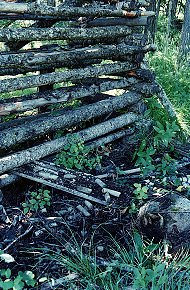
| MINERAL CORES of BRITISH COLUMBIA |
|---|
 |
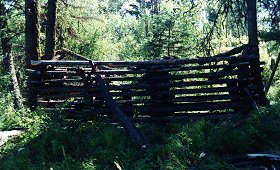 |
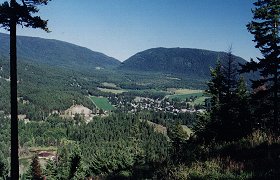 |
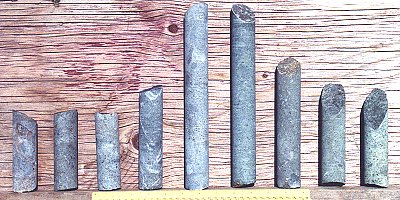 |
These two images show the differences between raw cores that are wet or dry. The wet look greatly enhances the textures and colours of these rocks, but would be difficult to maintain unless kept in a fishtank or pond. The best options would be to carefully polish the cores to a glass-like smoothness (possible with carbide emery cloth, but very time consuming) or spray with a high density transparent film. |
|---|---|
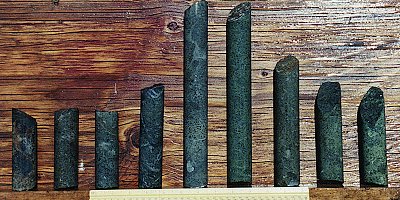 |
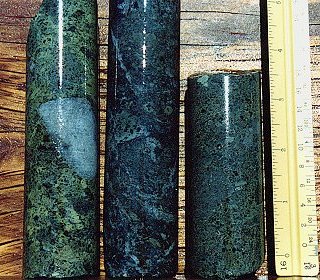 |
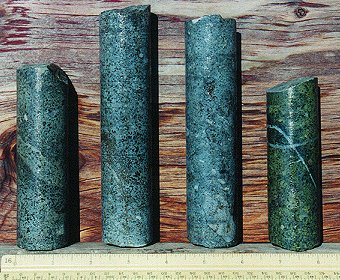 |
|---|
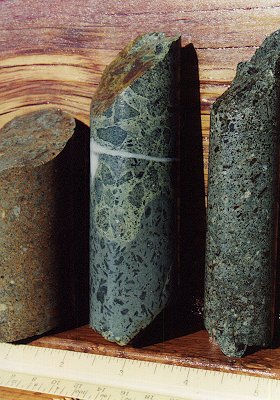 |
|---|